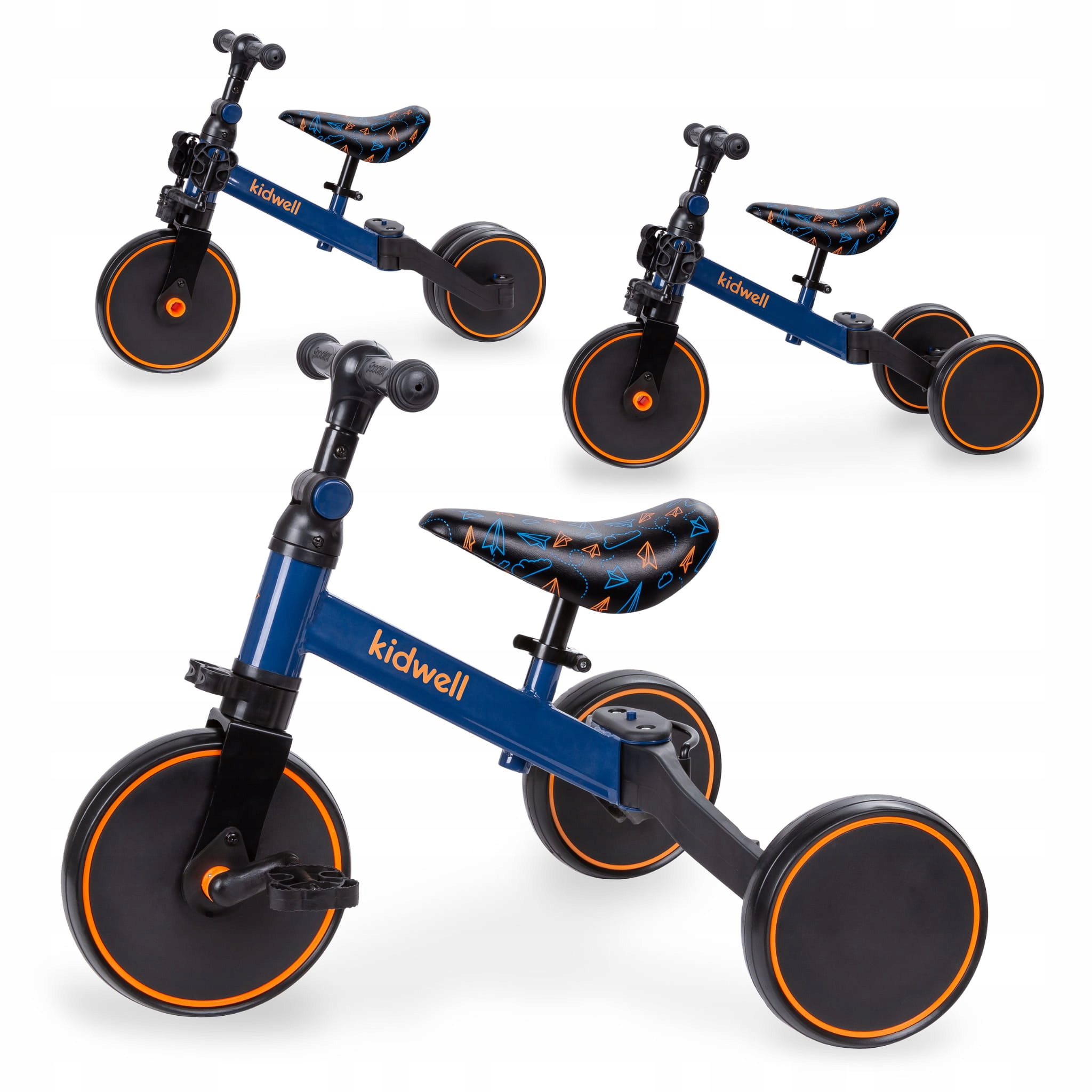
Title: From tricycles to balance beams: The transition in children's riding machines
As children grow and develop, their riding preferences and abilities change, leading to a transition between different types of riding machines. One of the big transitions that many children face is the transition from tricycles to balance bikes - a milestone that marks a crucial stage in their development as riders. In this article, we'll look at the transition from trikes to balance bikes, the benefits of each type of riding trainer, and how parents can support their children during this transition.
-
Tricycles: an early introduction to horse riding:
- Tricycles are often a child's first introduction to riding, providing stability and support with three wheels.
- Tricycles are ideal for young children who are still developing balance and coordination, providing a safe and comfortable way to explore their surroundings.
- With a low center of gravity and durable design, tricycles are easy for young children to ride and maneuver, allowing them to gain confidence and develop basic riding skills.
-
Transition to balance bikes: developing balance and coordination:
- Balance bikes are a natural extension of tricycles and offer a more advanced riding experience that focuses on balance and coordination.
- Unlike tricycles, balance bikes do not have pedals and require children to push off with their feet and balance on two wheels.
- By learning to balance and steer without the aid of training wheels, children develop a strong sense of balance and spatial awareness, which are essential skills for riding traditional bicycles.
-
Benefits of balance bikes:
- Balance bikes have numerous benefits for children's development, including improved balance, coordination and self-confidence.
- Riding a balance bike teaches children to control their speed and direction using their body weight and balance, promoting a more intuitive understanding of riding dynamics.
- Balance bikes are lightweight and easy for children to handle, allowing them to tackle various terrains and obstacles with ease.
-
Transition support:
- Parents can support their child's transition from tricycles to balance bikes by providing practice opportunities and encouragement.
- Start by introducing the balance bike in a safe, open area where children can explore and experiment with balancing and steering.
- Encourage children to practice sliding and balancing on a bike, gradually developing confidence and skill over time.
- Praise and positively reinforce employees by celebrating each milestone and achievement, instilling a sense of accomplishment and pride in their progress.
-
Transition to traditional bicycles:
- Once children have mastered balance and coordination skills on a balance bike, they are ready to move on to traditional pedal bikes.
- With a solid foundation in balance and steering, kids can make a smooth transition to pedal bikes and quickly learn to pedal and ride independently.
In conclusion, the transition from tricycles to balance bars represents an important milestone in a child's riding journey, marking the transition from early introduction to more advanced riding skills. By understanding the benefits of each type of riding equipment and providing support, parents can help their children navigate this transition with confidence and enthusiasm, setting the stage for a life of joyful riding experiences.






